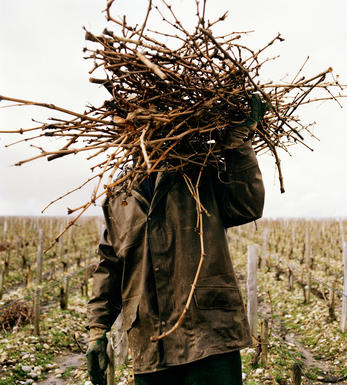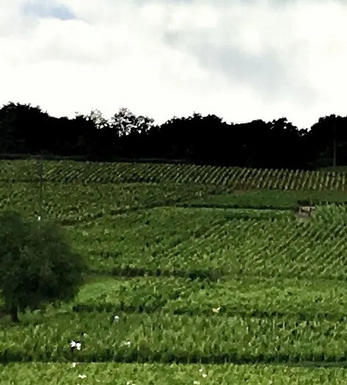
About this WINE

Jacques Prieur
For years Domaine Jacques Prieur was in a slow and seemingly terminal decline, with quantity rather than quality being the byword. The guardian angel arrived in the form of Mercurey-based négociants Antonin Rodet in the late 1980s. Rodet's oenologist, Nadine Gublin, has been the driving force behind the renaissance in quality which now rivals the very finest producers on the Côte. The Domaine is today owned 70% by the Labruyère family and 30% by the Prieurs.
The roots of the revival lie in the vineyards where fewer pesticides and herbicides are being used and, come harvest time, there is now a far more rigid selection of the best fruit. The results are a revelation. They have an exceptional range of grand cru vineyards – including the grandest of the grand, such as Montrachet, Musigny and Chambertin. But perhaps because the domaine’s holdings are dispersed up and down the Côte that it has not enjoyed the first rate reputation that one might have expected. The wines are certainly good, but perhaps just short of the flair which would place them in the very top division. There is a conscious decision to pick relatively late and make flamboyantly full-bodied wines.
Jasper Morris MW, Burgundy Wine Director and author of the award-winning Inside Burgundy comprehensive handbook.

Échezeaux
Located in the commune of Flagey-Échezeaux, just south of the village of Vosne-Romanée in the Côte de Nuits, Échezeaux is a grand cru vineyard, producing some of the finest red wines in the world.
The terroir is varied, with different climats having diverse soil compositions and microclimates. The soils comprise limestone, clay, and gravel, contributing to the wines’ complexity and character. The variations in terroir result in wines with distinct nuances and expressions.
The wines are exclusively made from Pinot Noir grapes and are known for their depth, richness, and complexity, often exhibiting aromas of red and dark fruits, spices, earth, and floral notes. These can age gracefully for many years, developing more intricate flavors and textures with time.
Many esteemed and well-known wine producers have vineyard holdings in Échezeaux, contributing to the region’s reputation. Some of the most prestigious producers craft exceptional wines from this grand cru vineyard. Due to its Grand Cru status, however, the wines can be relatively rare with the combination of high demand and limited availability, making them highly sought-after amongst collectors.

Pinot Noir
Pinot Noir is probably the most frustrating, and at times infuriating, wine grape in the world. However when it is successful, it can produce some of the most sublime wines known to man. This thin-skinned grape which grows in small, tight bunches performs well on well-drained, deepish limestone based subsoils as are found on Burgundy's Côte d'Or.
Pinot Noir is more susceptible than other varieties to over cropping - concentration and varietal character disappear rapidly if yields are excessive and yields as little as 25hl/ha are the norm for some climats of the Côte d`Or.
Because of the thinness of the skins, Pinot Noir wines are lighter in colour, body and tannins. However the best wines have grip, complexity and an intensity of fruit seldom found in wine from other grapes. Young Pinot Noir can smell almost sweet, redolent with freshly crushed raspberries, cherries and redcurrants. When mature, the best wines develop a sensuous, silky mouth feel with the fruit flavours deepening and gamey "sous-bois" nuances emerging.
The best examples are still found in Burgundy, although Pinot Noir`s key role in Champagne should not be forgotten. It is grown throughout the world with notable success in the Carneros and Russian River Valley districts of California, and the Martinborough and Central Otago regions of New Zealand.



Buying options
Add to wishlist
wine at a glance
Delivery and quality guarantee